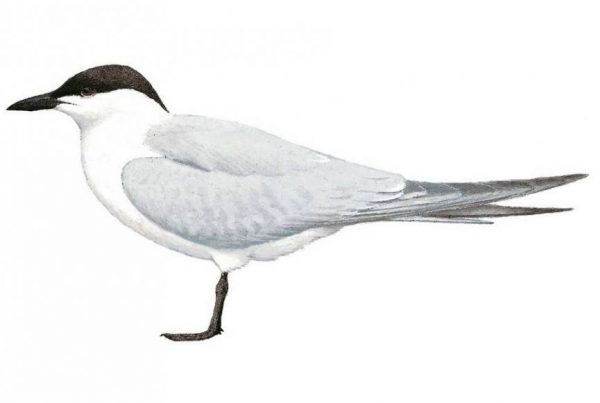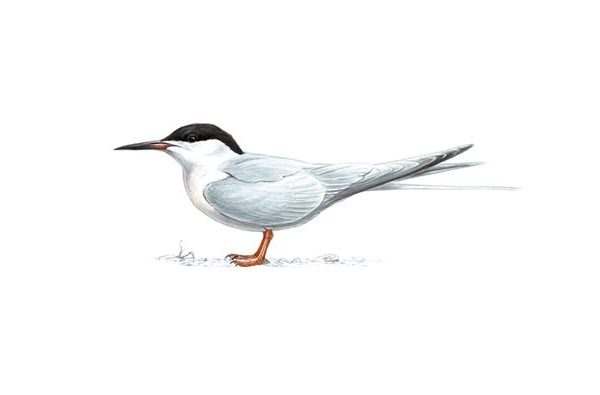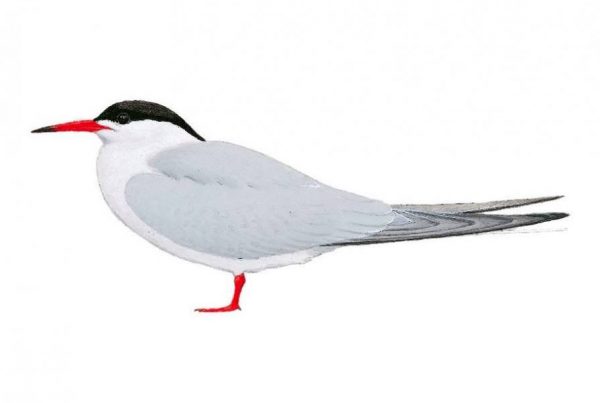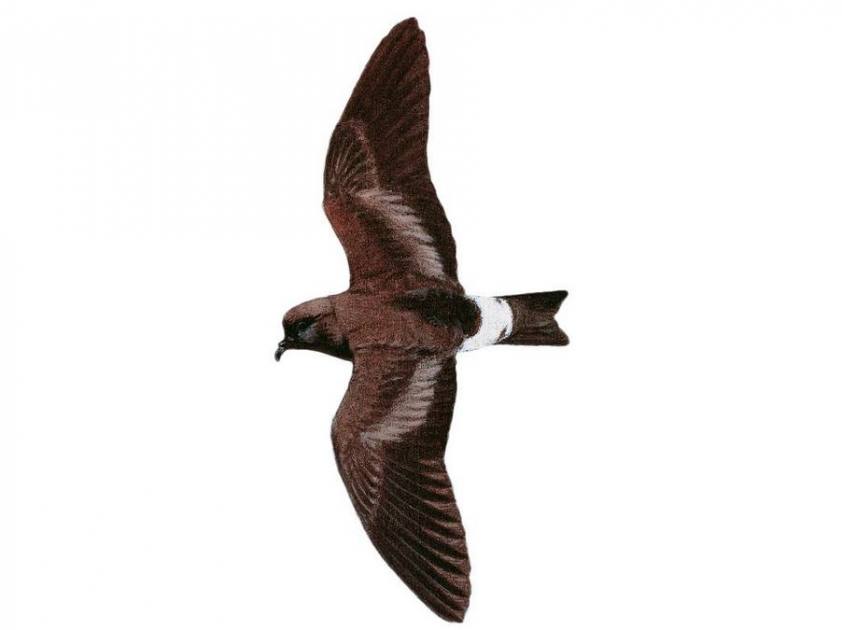
The Madeiran Storm Petrel is also mainly known as Band-rumped Storm Petrel. This bird is named « band-rumped » for the white band across the top of its broad and squared-tipped tail. Like other Storm Petrels species, Madeiran Storm Petrels breed away from continental area on remote offshore islands or off shore archipelagos (e.g., Azores). They are very similar to Monteiro’s Storm Petrel.
CHARACTERISTICS
- Latin name: Oceanodroma castro
- Order: Procellariiformes
- Family: Hydrobatidae
- Length: 19-21 cm
- Weight: 42-44 gr
- Wingspan: 44-46 cm
- IUCN Status: Least concern
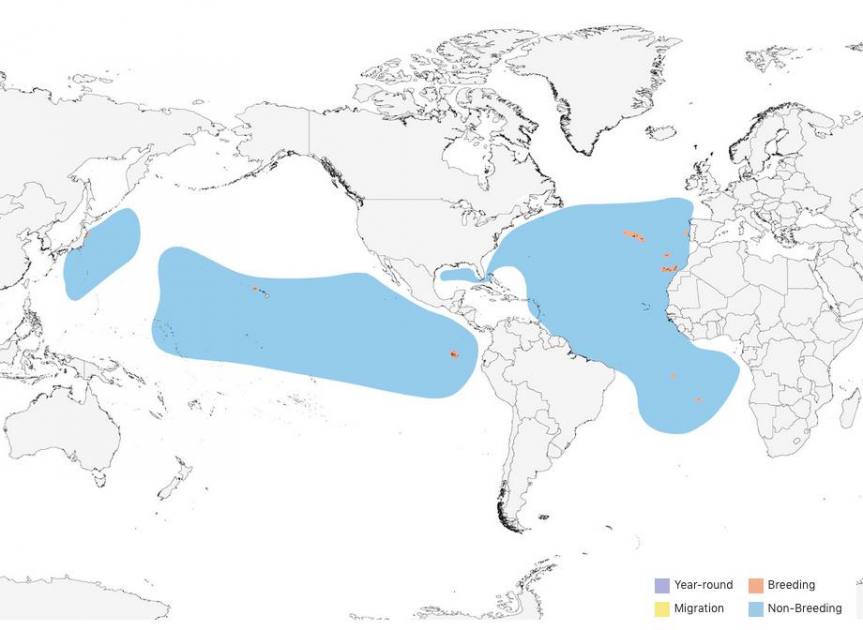 Source: Map Lynx Edicions/BirdLife International
Source: Map Lynx Edicions/BirdLife International
DESCRIPTION
Important: Birds species have different identifying features depending on sex, age and season.
Eye color: Black
Beak: Thin black beak
Leg color: Black, dark brown
Feather colors: Black, brown, white
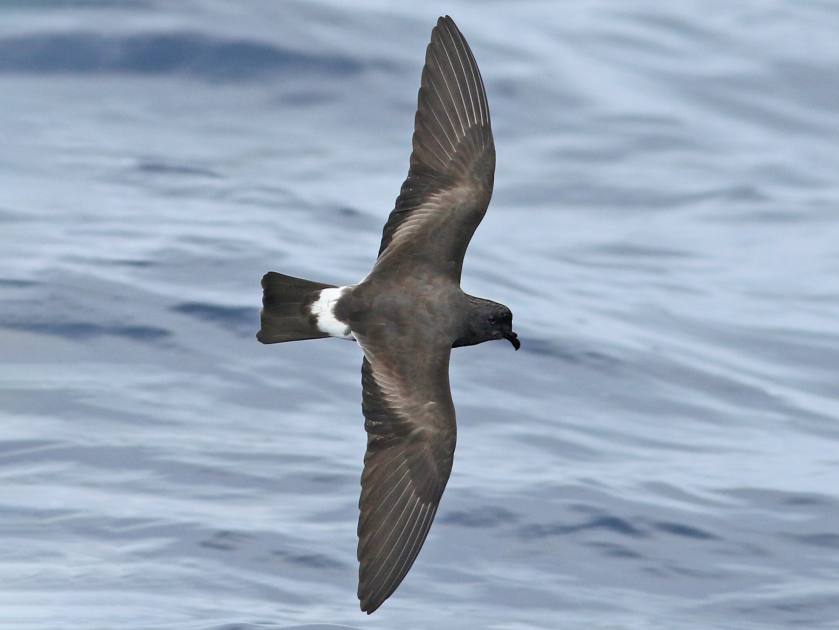
Photo courtesy of Luke Seitz
LIFE HISTORY
DIET
Madeiran Storm Petrels forage at the wave crests, where preys are caught at or just below surface. They feed on the wing usually dipping or surface seizing small food items and are rarely seen pattering. They mainly feed on small fish and squids.
REPRODUCTION
Madeira Storm Petrels occurs in the Azores from late July to late March. In the Azores, breeding areas are very limited, including Graciosa, and Santa Maria. In recent years, breeding individual have been registered on the islet of Vila Franca in Sao Miguel, and they colony seems growing in numbers. The reproduction occurs between December and May. The incubation of a single egg (white) lasts at around 39-50 days. The juveniles will reach the fledgling stage, first flight, at around 60-70 days.
VOCAL BEHAVIOR
The vocal behavior of Madeiran Storm Petrel is poorly known. The chicks deliver a high but mellow tueep-tueep-tueep. This species call in air, ground and in burrows.
illustration by Juan M. Varela.




